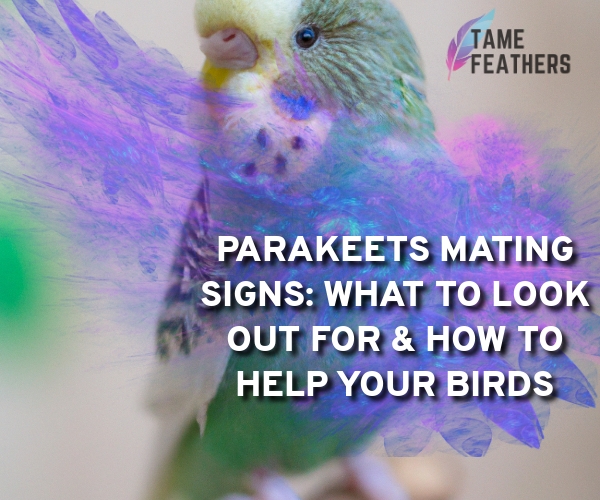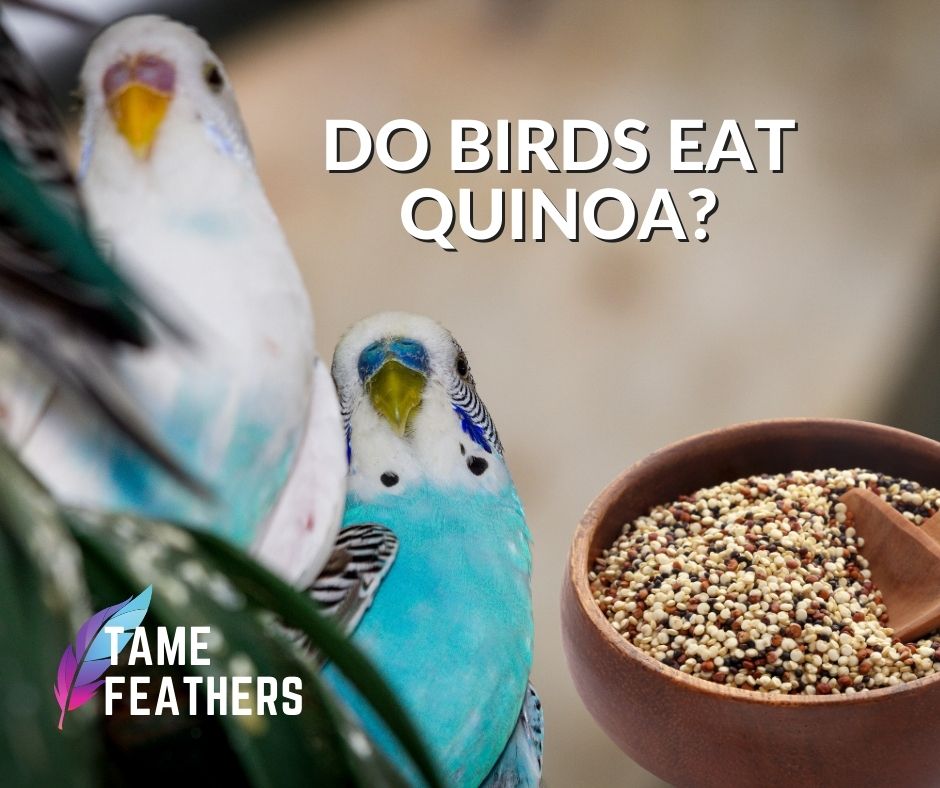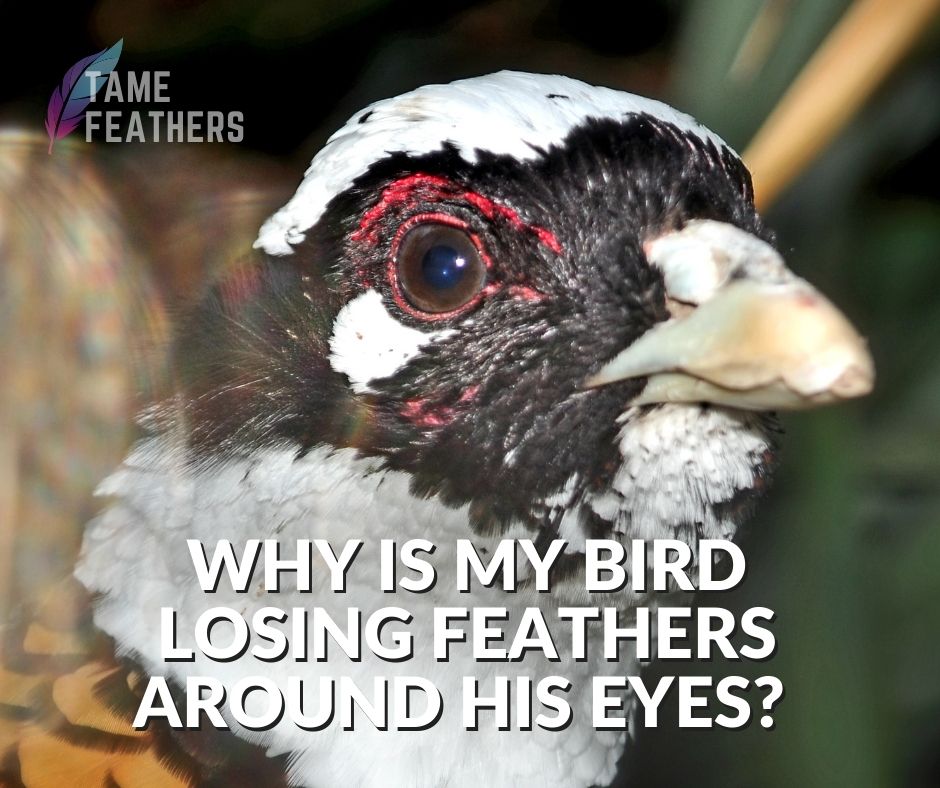Parakeet Courtship
The first sign of a parakeet ready for mating is courtship.Male and female birds will start to display behaviors such as flitting, preening and flying around each other.
They may also rub their beaks together in an affectionate gesture known as “allopreening” which indicates that they are comfortable with one another.
The male bird may also begin feeding the female, a sign of commitment in parakeets’ relationships.
Nesting Behavior
When your parakeets have become serious about each other, you may notice them spending more time together near or inside their nesting box or cage environment.This behavior usually signifies that the pair is ready to mate and lay eggs; however, it can take some time before any eggs actually appear within the nest.
Aggressive Posturing & Calls
During this period of courtship and nesting preparation you might observe aggressive posturing from the male towards his partner such as chasing her around the cage or making loud calls with raised feathers.These behaviors often indicate that he wants to protect her from intruders (such as yourself) while simultaneously trying to keep her close by him.
Mating Rituals
As soon as your parakeets are completely ready to mate they will engage in a specific set of rituals such as circling around one another on perches or even performing short flights together while chirping loudly at each other.After these rituals, they will finally engage in what is known as “cloacal kissing,” where they press their vent openings together during copulation.
>
Helping Your Parakeets Mate Successfully
It’s important not to intervene too much when you see your beloved pets engaging in these activities – doing so could disrupt their delicate balance and lead to unwanted outcomes like egg binding due to stress caused by intrusion into their private moments..
Make sure there is plenty of space for them both inside the cage/nestbox so that neither feels crowded out nor stressed; provide additional food sources if necessary (especially high protein foods); maintain cleanliness within their living area but try not to disturb them once courting has begun unless absolutely necessary.
Furthermore, make sure all external threats are eliminated – dogs barking outside etc.
, which could cause undue stress on either bird leading potentially resulting in failed attempts at successful mating!
< h 2 >Observing Eggs & Younglings Once successful mating has taken place you should begin observing closely for any signs of new eggs appearing within the nestbox over several days – these typically range between 4-7 days after actual copulation took place depending on how healthy both birds are prior maturation takes place.
.
Once hatched chicks can be seen being cared for by both parents then it’s clear everything went according to plan! When caring for young parrots always keep a watchful eye out for potential diseases/illnesses developing early on due health issues passed down from parents who themselves were unhealthy – unfortunately this happens quite frequently!
FAQs About Parakeets
We Thought You Might Want To Know This About Parakeets… 😊
Thanks for reading this article: ” Parakeets Mating Signs: What To Look Out For & How To Help Your Birds” Seeing as you were interested in this topic, you might find the following articles useful, too!Have a read of these… are parakeets friendly,
parakeets for sale at petsmart,
do parakeets need grit





